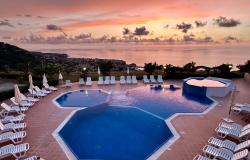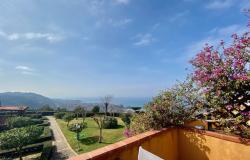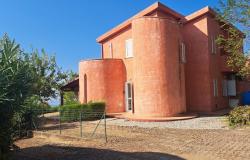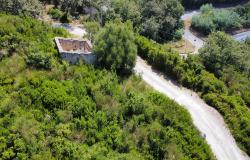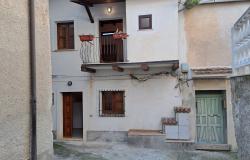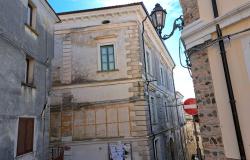Main photo credit: Squillace view to the sea (c) Jelly CC via Wikimedia Commons.jpg
Around the toe of Italy’s boot lies a coastline marked with clear waters, craggy cliffsides, sandy coves, and stones worn smooth by the waves. High above it all, the town of Squillace perches on a towering hillside, with a distant view toward the ocean. To walk the narrow streets of Squillace today, you would never guess that this off-the-beaten-track town of descending alleyways, unpretentious restaurants, and artisan studios boasts one of the most enduring legacies of ceramics production in all of Italy.
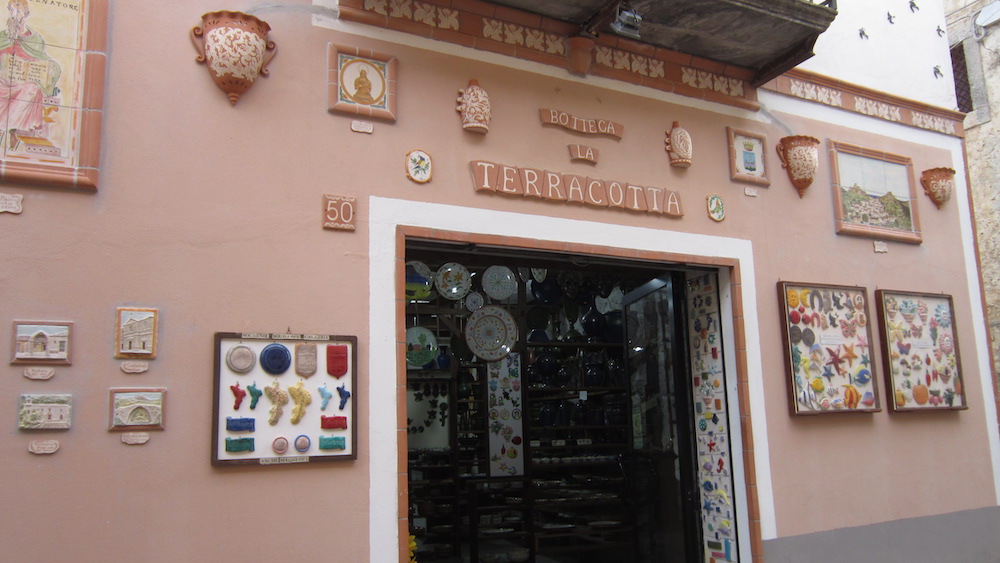 [Squillace Bottega la Terracotta (c) Salvatore Migliar via Commons.jpg]
[Squillace Bottega la Terracotta (c) Salvatore Migliar via Commons.jpg]
With its unparalleled vista over the countryside and the sea, Squillace made a natural strategic choice for the ever-changing powers of ancient Greek, Byzantine, and Norman rulers who sought to dominate Italy’s southern coast. In those centuries, the sea posed more of a threat than an opportunity. At the same time that the town’s rulers concerned themselves with matters of defense from potential invaders, the town’s artisans turned their attention to a local tradition that has stood the test of millennia: decorated ceramics.
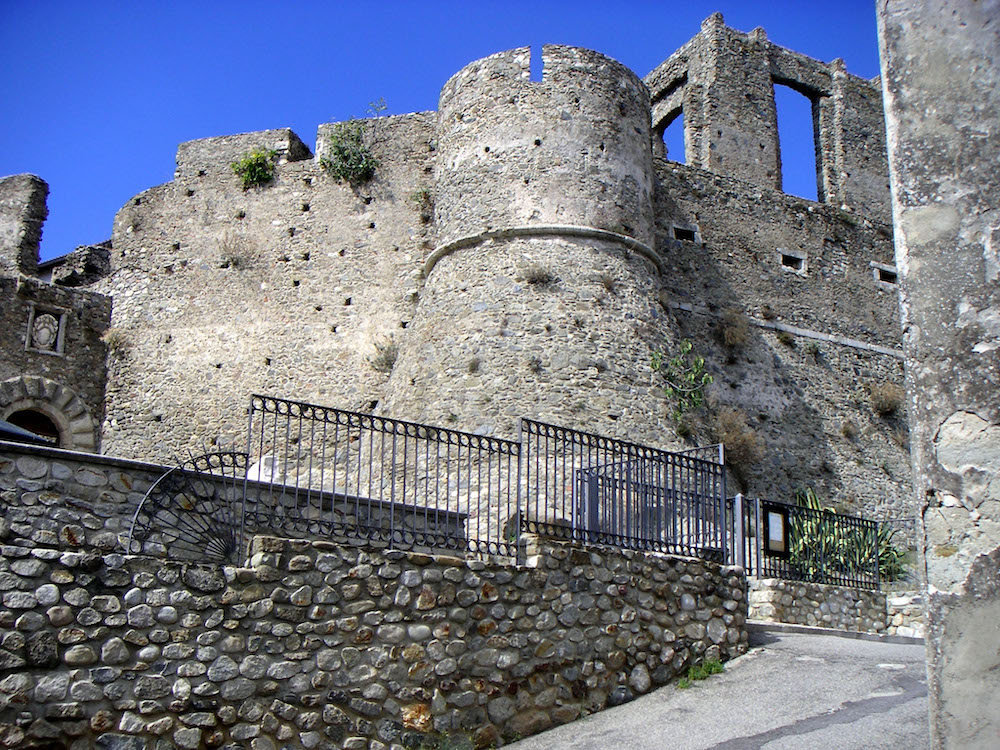 [Squillace's Normal Castle. Photo by Jelly via Wikimedia Commons]
[Squillace's Normal Castle. Photo by Jelly via Wikimedia Commons]
Thanks to local archeological finds, we know that ceramicists were at work at least as far back as the time when Squillace was a Greek colony called Scylletium. At that time, potters crafted utilitarian plates, bowls, and pots for local use, as well as large terracotta jars for transporting oil and wine in great merchant ships across the Mediterranean. The Romans, who called the town Scolacium, continued the ceramics tradition. Along with other southern ceramics-making families in the town of Grottaglie, in Puglia, Squillace’s artisans had already made a name for themselves over the course of the Middle Ages. By the 1500s, ceramics rivaled agriculture as Squillace’s major industry.
Like this article? Don't miss "A Short Guide of The Italian Tradition of Ceramics"
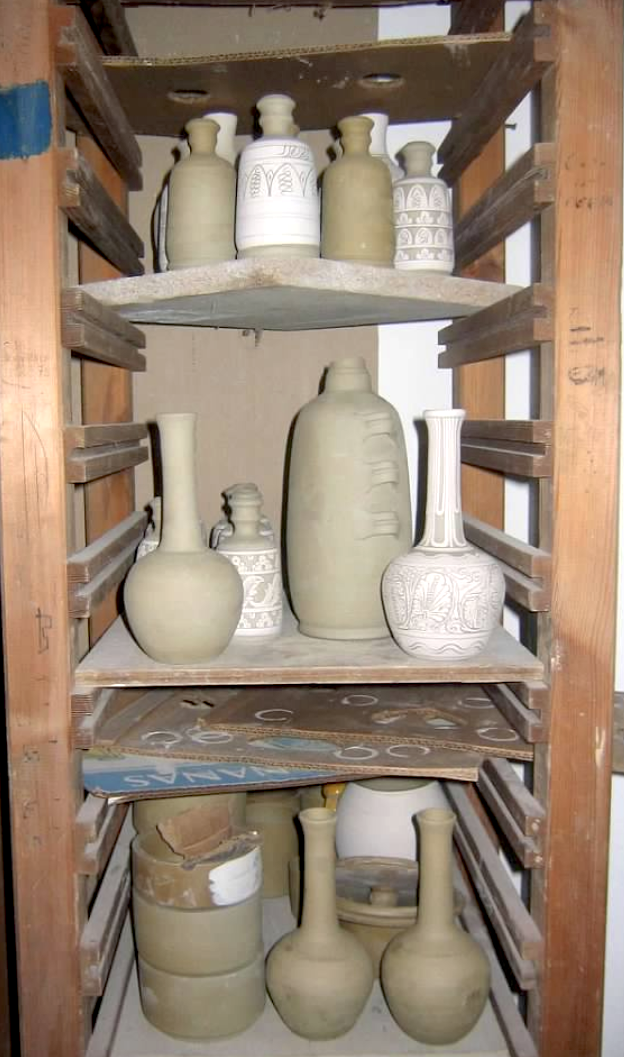
Graffito: A Special Technique
Squillace’s artisans became known for decorating ceramic wares with graffito, an impressive incised effect. By the Renaissance, Squillace was already known for the technique, which may have been practiced already for centuries by that time. Graffito ware from Squillace made its way into the collections of noble families across the Mediterranean.
The graffito technique involves scratching an intricate design into the clay with a sharp tool after a whitish glaze has been applied, a process called ingobbio. When the piece is fired, the incised design makes a stunning contrast of white against the warm, ruddy color of the fired earth. The result: intricate floral and animal decoration, with rich compositions of decorative elements.
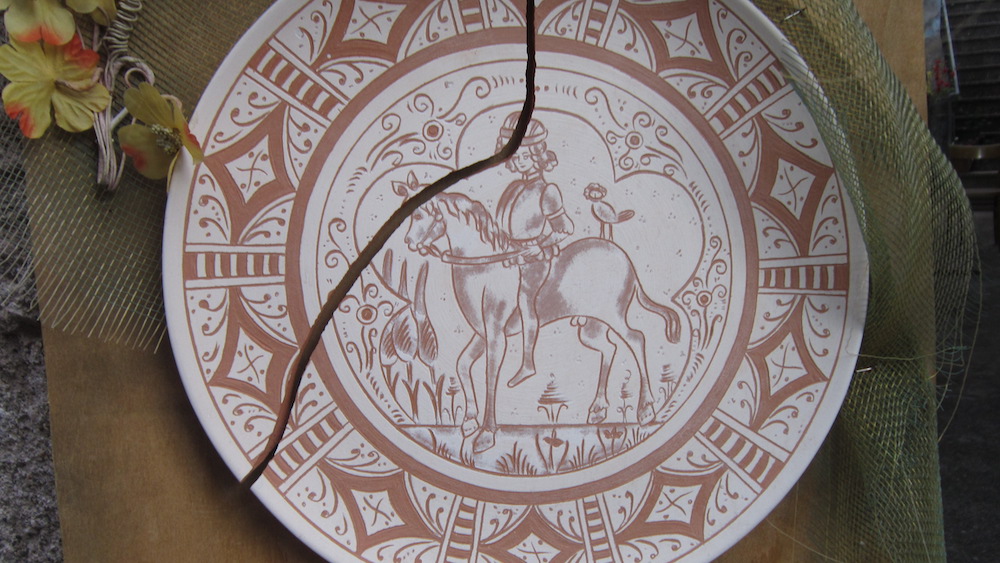 [Squillace graffito (c) Salvatore Migliari via Wikimedia Commons.jpg]
[Squillace graffito (c) Salvatore Migliari via Wikimedia Commons.jpg]
Here are some things to look for:
- Ancient designs: Some of the ceramicists working in Squillace today reproduce vessels from the ancient Mediterranean, including black-figure pottery that will transport you to the ambiance of the ancient Greek colonies.
- Unique forms: I brought home a ring-shaped flask (a borraccia ad anello), a beautiful addition to my Italian ceramics collection. It’s unique for its incised floral decoration, small spout, and a size perfect for holding in the hand and taking a drink.
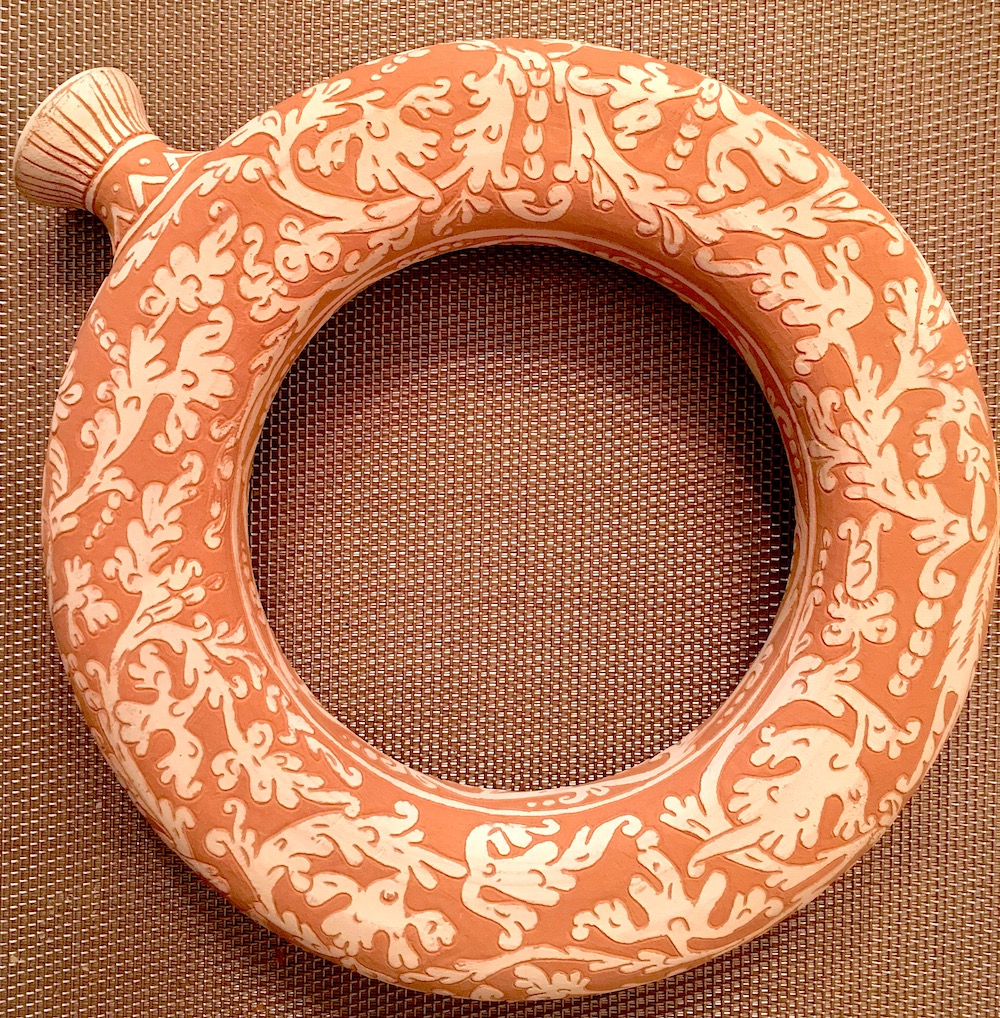
Where to learn more about ceramics in Squillace
Antica Bottega dei Vasai Conca
Corso Pepe, 8
This historic ceramics workshop dates back to the 1600s, operated by generations of the Conca family before it closed in the 1970s. Today, it is preserved by the town of Squillace. When its doors are open to visitors, you can view a centuries-old kiln where pieces were once fired, and appreciate the organization and inner workings of a traditional ceramics studio. The studio is only open on occasion; inquire at the Ideart workshop (below).
Bottega Decoart
Corso Pepe, 50
0961/912021
Concetta Gallo excels in the traditional graffitotechnique of Squillace but also creates some stunning all-black wares reminiscent of ancient Greek pottery.
Bottega d’arte "II Tornio”
Viale Fuori le Porte, 46/48
096/1912440
327/9925931
Beatrice Russomanno and Claudio Panaia have set up a small work area in their Squillace showroom where you can watch them incise incredibly detailed decorative patterns into jars, pots, and plates. In addition, they craft reproductions of ancient Greek-style, black-figure pottery, which was widely made throughout southern Italy in ancient times.
Cooperativa Ceramisti Vasai S. Agazio
Via Rhodio, 10
0961/912678
This artisan co-op was founded in the 1970s by graduates of the state art institute of Squillace. One of the specialties of this group of enthusiastic potters is the reproduction of authentic museum pieces representative of Squillace’s ceramic history. Their shop is full of gorgeous red and white plates that have an unmistakable air of antiquity.
Ideart Bottega Artigiana
Via Pepe, 7
0961/912620
Antonio Commodaro traces his ancestry to Tonino Commodaro, mentioned in a 1756 document as an important ceramicist in Squillace. Commodaro honors his roots by crafting lovely incised wares typical of the area but also lets his creativity loose by creating stunning contemporary pieces splashed with color. Inquire here about visiting the historic Conca studio, which is now owned by the town.
Liceo Artistico di Squillace
Viale Cassiodoro
0961/912582
This design school has a special focus on ceramic arts, paying homage to the history of the town’s major art form.
Other things to do in Squillace
Ceramics are just the beginning in Squillace. Here are a few other local wonders to explore:
- A fortified Norman castle dating from the eleventh century marks the highest point of Squillace. At that time, the town was an important political and religious center for the Normans, who were trying to retain colonial power of the Ionian coast, the so-called Gulf of Squillace. It’s worth the visit for the breathtaking views across the countryside and all the way to the sea.
- Sample the town’s restaurants and markets for uniquely Calabrian culinary specialties. Keep your eyes out for ciambotta (an eggplant condiment), licorice (rigulizza in the calabrese dialect), ‘nduja (a type of spreadable sausage), and the teardrop-shaped caciocavallo cheese.
- English isn’t widely spoken in the same way it is in more heavily trafficked Italian destinations; if you speak Italian, you’ll be able to get around just fine in Squillace and its region. However, keep your ears open for the distinctive calabrese dialect (recognizing that there are important distinctions even within Calabria itself). You will also hear variations of Sicilian dialect.
Laura Morelli is an art historian and historical novelist with a passion for Italy. You can find much more about what to bring home from Italy in her guidebook series, including Made in Naples & the Amalfi Coast and Made in Italy. These books, along with Laura’s Venice-inspired historical novels, including The Gondola Maker, are available in the Italy Magazine shop.

